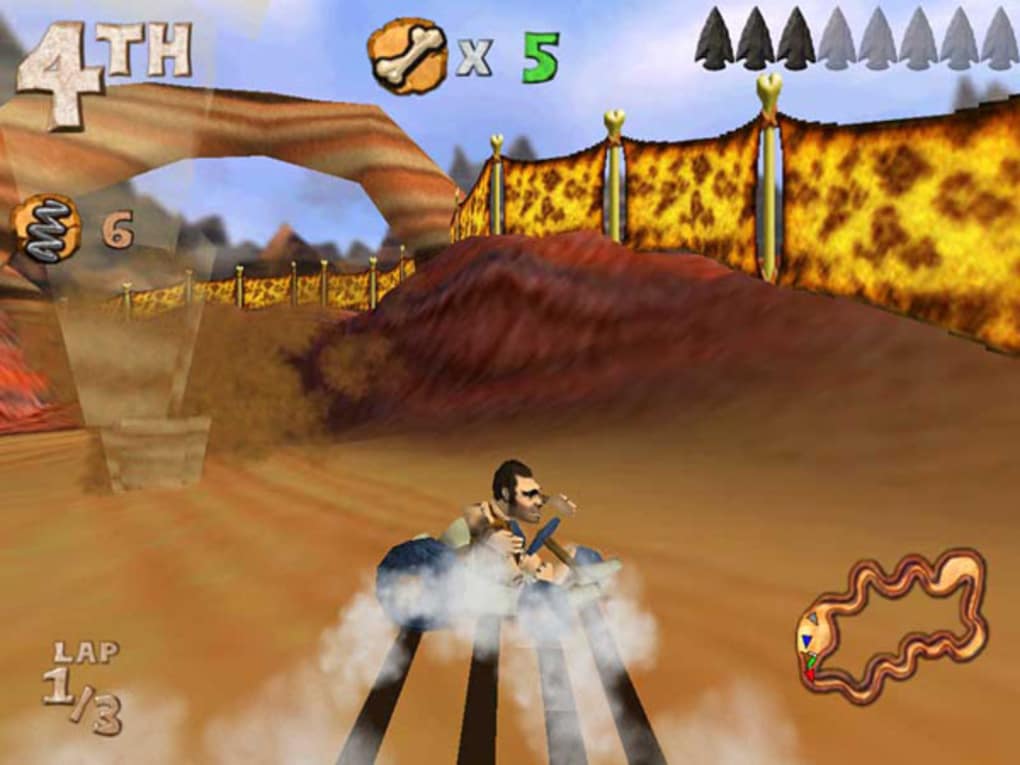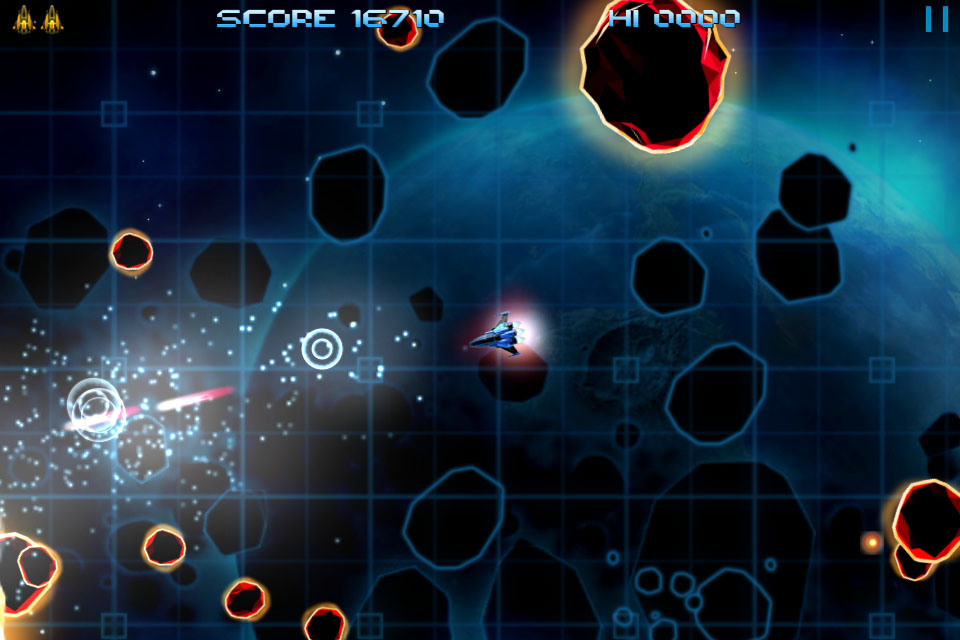

By means of digital analysis of high-resolution field images, the percentage of the surface affected by the erosive activity of polychaete worms, bivalves and echinoids has been calculated. This ichnoassociation identifies the Entobia ichnofacies, which corresponds to the upper infralittoral marine environment, biologically associated with the biocenosis of photophilic algae.

Caulostrepsis, Gastrochaenolites and Circolites are the ichnogenera identified at Les Bez, whereas only Gastrochaenolites is present at Verrières-de-Joux. Both localities are at about 900 m above the present sea level. Widespread through Macaronesia than previously thought.įossil bioerosion traces at a new site of Les Bez (Jura Department) and those already known from Verrières-de-Joux (Doubs Department) in the central French Jura record an ancient Miocene cliffed shoreline cut into Lower Cretaceous limestones. Preliminary results from Weldwork in theĬape Verde Archipelago indicate that such borings are more

Regarding an expanded strategy for hard-substrateĬolonization. Volcanic rocks provides useful paleoenvironmental information Recognition of Gastrochaenolites borings in On these bioeroded surfaces belongs to the Entobia ichnofacies. Some of these borings still retain evidence of theĪlleged trace-makers preserved as body fossils, while othersĪre Wlled with their casts. Interpreted as dwelling structures of suspension-feedingīivalves. Aīasalt substrate is widely penetrated by clavate-shaped boringsīelonging to the ichnogenus Gastrochaenolites Rocky shores on Santiago Island (Cape Verde). (Madeira Archipelago of Portugal), as well as on Plio-Pleistocene Middle Miocene rocky shore of a small islet of Porto Santo Extensive bivalve borings are described inĭetail for the Wrst time from basalt rockgrounds in the NorthĪtlantic volcanic islands of Macaronesia.


 0 kommentar(er)
0 kommentar(er)
